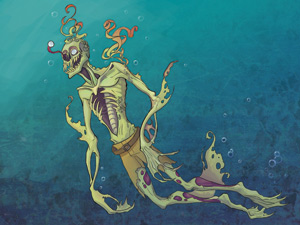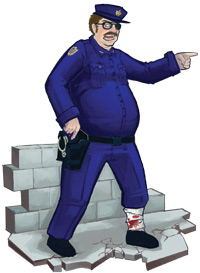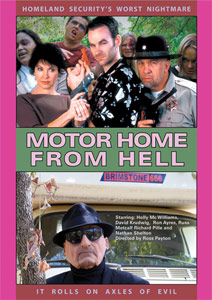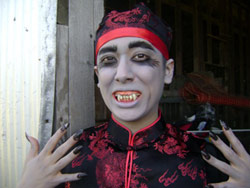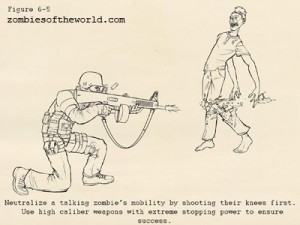It took from the fall of 2009 to February 2011 to write, edit, design and get the artwork for the book. During this time, I was also going to school, working on a book for Arc Dream Inc. called Road Trip and podcasting. However, I think I could have finished Zombies of the World in less time had I planned better.
The book sprang organically from the material I used for the web series, so I didn’t spend much time determining exactly how many images I would need or how many words I would need to write for each section. At first, I focused on writing the main text and assigning art for the artists. My idea was to finish the main text and send it off to get edited. While it was being edited, I could work on the layout. At least that was the original plan. Once the bulk of the rough draft was written, I sent it off.
The initial layout took only a short while, since I had help from several friends in creating a base template for the book. It was then a matter of pasting in the text and images. However, I often found that I needed to lengthen or shorten the text to fit the page better. This resulted in writing new text within Indesign. I also found I needed more art to vary the layout of the book. Since the book was full color, I wanted to take advantage and fill it with great artwork. Too much text would be a waste. So the book went through several major revisions as I added new material, revised it, adjusted the layout and then repeated the process. This led to several holes in the production cycle as I would have to assign artwork later on once I knew I needed it and would then have to wait for it.
What I learned: Planning a major project like a book takes a lot of time up front but it saves time and frustration in the backend. It’s imperative to know what you will need from other people so you can get them working as soon as possible. It will also take longer than you originally plan. Delays and setbacks are common. It’s important to keep moving ahead though. You can’t finish a project if you don’t keep working at it. Keeping the energy to continue over the long term is the hardest part. It’s so easy to give up and try again later.
Of course, I did manage to wrap everything up and send the book off to the printer. I got the printed books in late June and the final result was worth the wait, I think. Of course, marketing and distribution are entirely different skill sets that I’m still learning but I’m proud to have pulled it off.
This concludes the behind the scenes blog posts. If you want to learn more, feel free to email me or comment about what you liked or didn’t like. I’d love to hear if these posts were informative or not.

